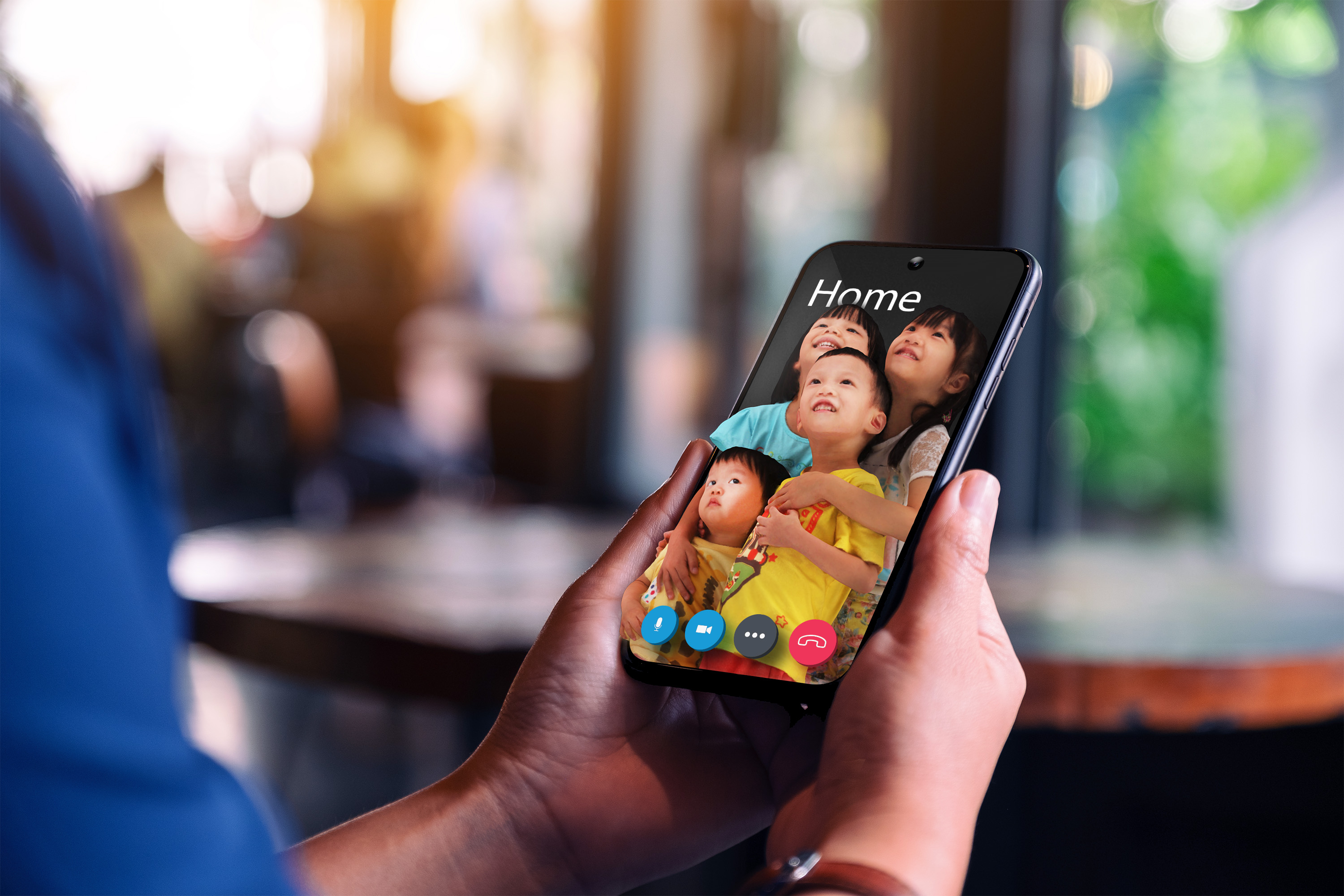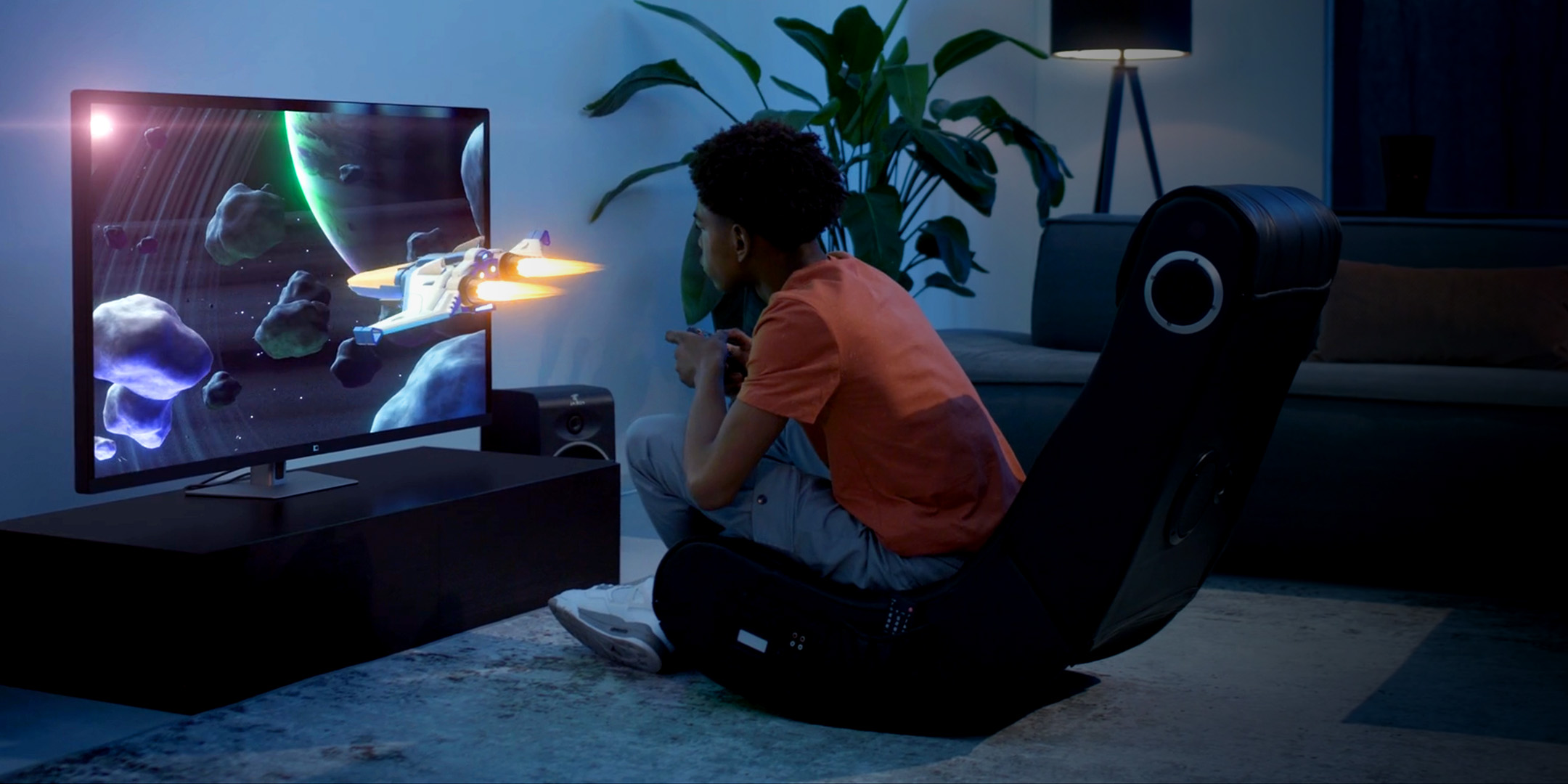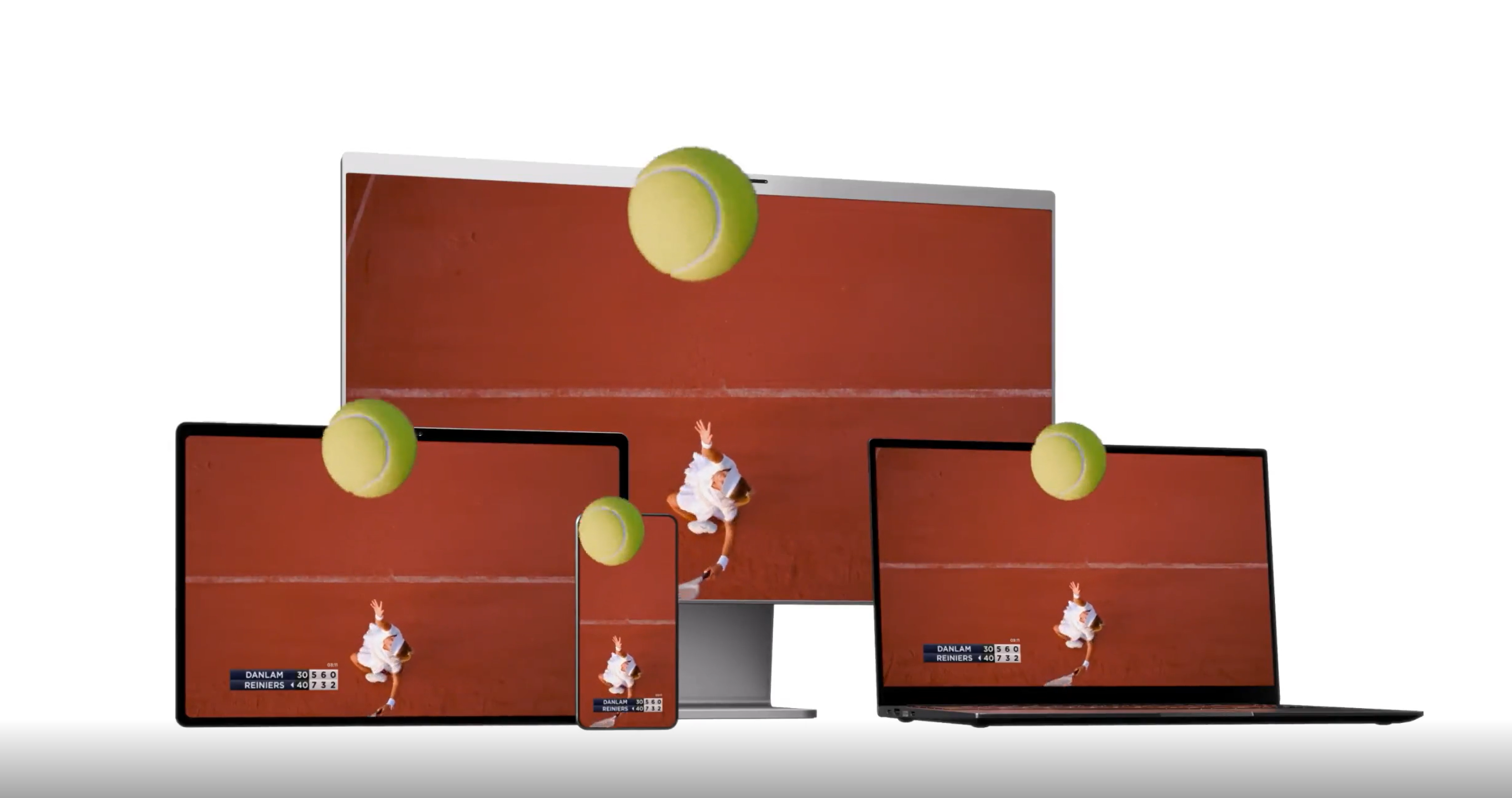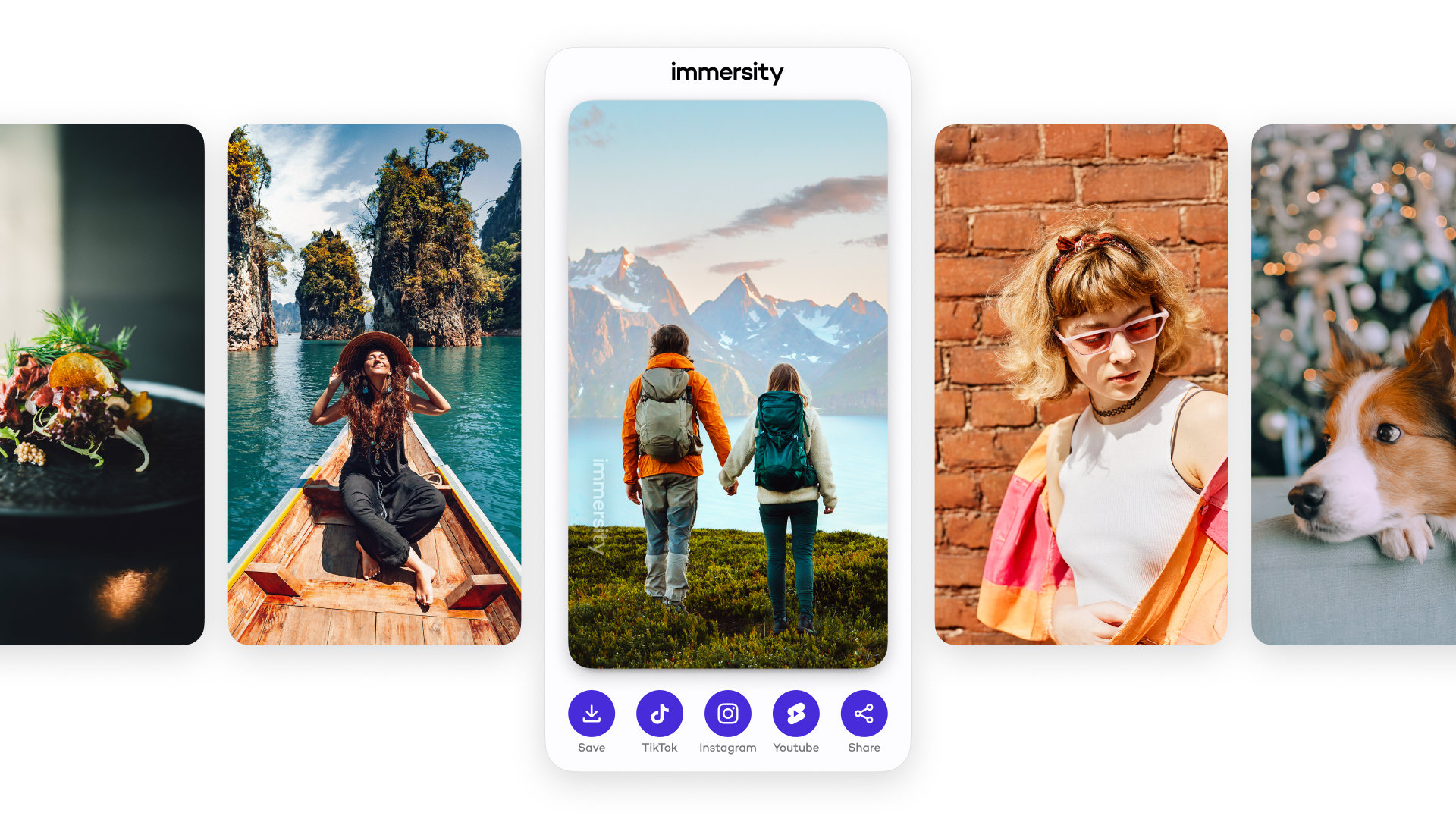Mobile Tech’s Future May Hinge on Depth, Motion, and Holo

In today’s world of connected devices, the smartphone stands apart. It’s not just the most accessible screen–it’s the most personal. It’s the first thing we reach for in the morning, and the one we trust to keep us informed, entertained, and connected. As of this year, an estimated 4.69 billion people own a smartphone, a number projected to grow to 5.83 billion by 2028.
Mobile is the Most Personal – and now, the Most Immersive
Smartphones are more than just a convenience; they're central to modern life. Unlike TVs or desktops, phones are built for one person, making them the most personal and creative screens we own. It’s where entertainment happens, work gets done, and most importantly – where relationships grow.
Today’s users grew up remixing content, editing videos, and sharing moments in real time. Platforms like TikTok, Snapchat, and Instagram have normalized immersive expression as a daily behavior. According to GWI’s Q3 2024 report, six in ten people now use the internet primarily to stay in touch with friends and family. Among Gen Z and Millennials, social connection has become the top reason for going online–a major generational shift in digital behavior compared to users 55+.
And immersive content is already part of that connection. From AR filters and animated avatars to spatial videos, users are already engaging with immersive content every day. These aren’t niche behaviors; they’re now the standard for emotional, expressive digital communication.
So, what’s holding people back? Until now, it’s been access. At the Google I/O event earlier this year, the new Google Beam immersive experience was welcomed, yet was commented to be only for enterprise users. Historically creating and enjoying Immersive content meant needing headsets or costly gear.
Now, tools like Immersity remove that barrier–making immersive creation mobile, accessible, and ready for the way we already live and share.
Enter Immersity: Immersive Experiences Made Simple
Immersity, with its immersive apps, bring Depth, Motion, and Holo to everyday content. Built to work across mobile and web, powered by our AI-software suite, they empower users to create, share, and explore immersive media without headsets or specialized tools.
The full Immersity Platform, including our AI-software suite combined with Holo – our advanced depth visualization layer – elevates storytelling with photorealistic realism, making users feel as if they were in the scene. While Holo will require upgrading your device to an Immersity Device to unlock its full capabilities, Immersity for Mobile is already accessible on today’s devices, downloadable in the Apple App Store and Google Play.
With the launch of our Immersity for Mobile app, we’re putting immersive tools directly into users' hands on their current devices. The app transforms everyday photos and videos into dynamic, depth-rich content in seconds. Whether you’re sharing on social media or just saving a memory for yourself, Immersity makes it more vivid, emotional, and expressive.
With AI-powered software, the app makes spatial storytelling accessible – in your everyday moments.
Consumers Are Ready – And So Is the Technology
Consumers are more open to emerging tech than brands often assume. According to a global study by Futurum Research and SAS, 78% of brands think consumers are uneasy about tech like AR, while only 35% of consumers agree. Similarly, EY’s Future Consumer Index also confirms that people are embracing technology to make life more personal, efficient, and affordable.
The takeaway? Consumers are open to emerging technologies when they deliver clear value.
Immersity makes mobile experiences easy, scalable, and accessible for brands, developers, and consumers alike. From immersive screens to AI-powered tools that transform everyday photos and videos into depth-rich content, our technologies integrate seamlessly into existing workflows and elevate what’s possible on mobile.
While the full Immersity platform – including Holo – is being rolled out in collaboration with industry partners, Immersity for Mobile is available today. It works on current devices and is ready for users to download and explore right now.
Because the future of mobile phones isn’t about more pixels or faster speeds. It’s about making digital feel more emotional, expressive, and human.
Join Our Newsletter
Stay up to date with the latest news and updates.




